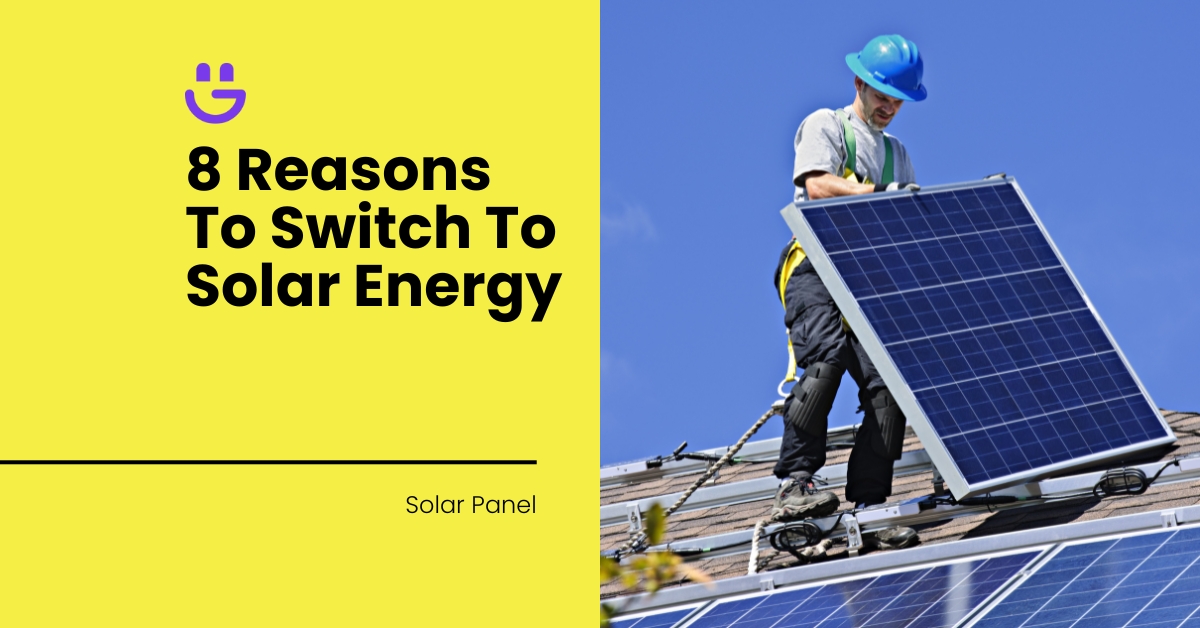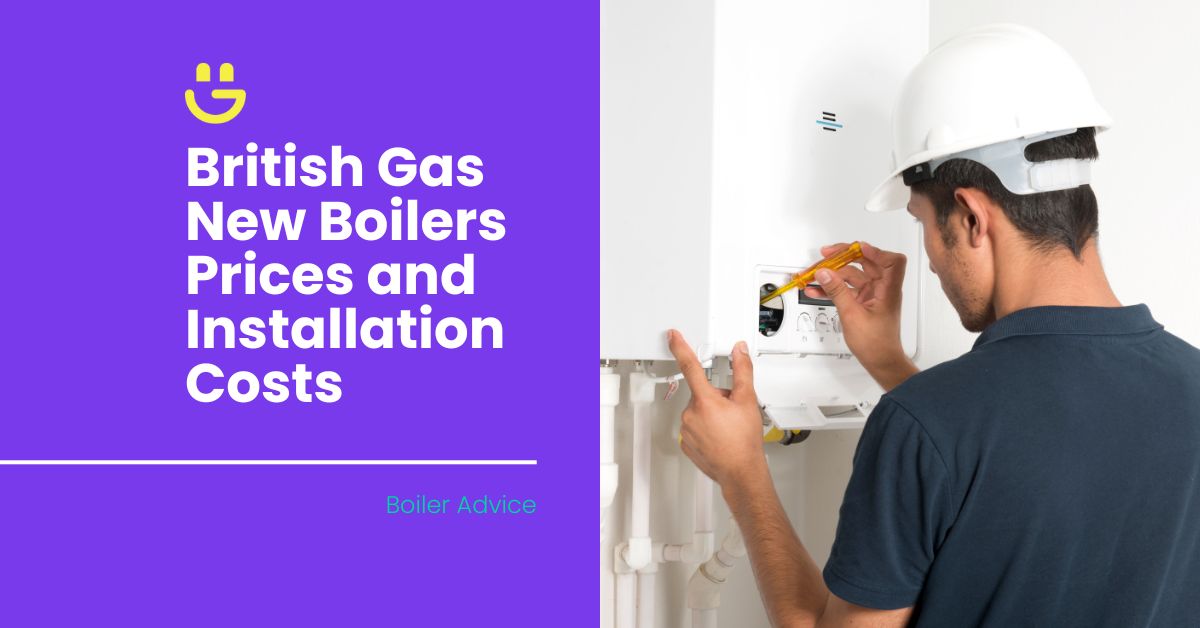Last Updated on November 14, 2025
When solar panels aren’t exposed to enough sunlight, or obstructions are blocking them from absorbing this light, then the entire system may be affected.
Is your solar panel system becoming less and less efficient? Or perhaps you’ve noticed a dip in the power output of your panels? This may be because of shading.
This guide will walk you through exactly how shading can affect your solar panel system and what steps you can take to restore its power output to its original voltage.
Let’s take a closer look at how shading on solar panels can affect your home or business.
Contents
How Can Shading Affect Solar Panels?
Shading mainly affects solar panels by reducing the amount of solar power the entire system produces. To understand why this is, it’s first important to understand how solar panels work and how the ‘string effect’ affects the energy production and output voltage of the solar array.
What Are The Common Causes Of Solar Shading?
There are several reasons why shading may occur on your solar panel array. This problem can either be from natural phenomena, structures like buildings or satellite dishes, or a fault when installing solar panels.
Trees and foliage
Trees can cast a shadow over a solar panel (or several of them). This is particularly true at certain times of the day or parts of the year when the angle of the sun changes.
Generally, the shadow is cast by the leaves of the trees if they are taller than your roof or the place where your solar energy system is installed.
However, this is usually linked to seasonal changes. For example, when the trees are bare in winter, there will be less chance of shading.
Buildings
Buildings, chimneys, or any other structures that may be on your roof run the risk of casting shadows over your solar cells. This is especially true if they’re extremely tall or are located close to the panels themselves.
Satellite dishes
If you have any satellite dishes or antennas near a solar panel, it can also cast shadows onto the panel. Usually, your solar system is strategically planned to be unobstructed during the installation phase. Still, this can’t always be avoided, so it’s a common cause of solar shading.
Panel configuration
The way that your panels are arranged and their orientation can contribute to solar shading. For example, panels mounted too closely together or at specific angles can cast shadows on the panels next to them. In turn, this will reduce the overall power output of your system.
Clouds and weather
Although this isn’t a permanent cause of shading, thick cloud cover and certain weather patterns can interrupt the amount of sunlight your solar panels can use. When less sunlight reaches the panels, there will be less energy production.
Dust and debris
Over time, things like dust, debris, and bird droppings can accumulate on a solar panel. This can cause shading that is easy to fix but can still affect the power output of your solar system. Generally, regular cleaning and maintenance of your solar panels can help to reduce the risk of shading due to dirt.
How Can Assessment And Installation Affect Shading?
Before your solar panels are installed, your contractors will perform a site assessment. This helps them examine the risk of shading and how best to reduce or eliminate the risk of this affecting your overall solar power output.
Once the assessment is done, they will advise on the best course of action for your specific circumstances and any environmental factors that could affect your system’s performance.
Site assessment
During the site assessment, professional installers will analyse any potential sources of shading such as trees or chimneys. This ensures they can accurately decide on the best solar panel layout for your home or business.
Installing solar panels
Once the installers move on to installing solar panels, there are a few additional factors that they will take into consideration:
- Panel orientation: To maximise the amount of sun that hits your solar panel system, installers will pay close attention to the orientation and angle tilt of the panels. They will also adjust this to ensure that your system gets enough sun all year around.
- Panel layout: The layout of the panels on the roof or ground should always account for the shading patterns installers identified during their site assessment. Expert installers will arrange the panels to avoid shading from nearby obstructions and ensure uniform sunlight is absorbed across the array.
- Spacing between panels: Since panels can cause self-shading if they are too close together, installers will always maintain the correct distance between each solar panel.
- Mounting height and angle: Mounting solar panels at the right height (and angle) can help to avoid ground-level obstructions. This helps reduce the risk of shading on the system.
- Shade mitigation technology: If shading cannot be avoided – or as a precautionary measure – your installation team can also use shade mitigation technology such as bypass diodes, microinverters, and DC optimisers to minimise its impact. These devices can usually help bypass shaded areas or optimise the panel’s performance under different conditions.
How Can You Avoid The Effects Of Shading?
There are numerous ways that you can avoid the unnecessary side effects of shading on your PV modules. Typically, the easiest way is to use a shade-mitigating device, such as bypass diodes. However, if your panels are already installed and you want an easier and more cost-effective solution, there are also some practical tips you can use to do this.
Bypass diodes
Bypass diodes are usually integrated into the system to allow for an electric current to bypass shaded cells (or any cells that are underperforming). These diodes create an alternate path for the current, which helps prevent the shaded area from reducing the power output of the other panels.
Microinverters
Microinverters can be installed onto individual solar panels, and convert the DC electricity of each panel into AC electricity. Unlike standard string inverters, these inverters work independently, which helps ensure that the performance of one solar panel doesn’t affect the rest of the array.
Power optimisers
Power optimiser devices can also be attached to individual solar panels. However, these devices perform maximum power point tracking (MPPT), which allows each solar panel to operate at its maximum power output regardless of shading.
Regular maintenance
In some cases, basic maintenance may be enough to fix your shading problem.
You will need to perform regular maintenance and cleaning of your solar panels, which helps to avoid the problem altogether. Similarly, maintaining the environment around your solar panels, such as trimming trees back, can be just as effective.
If you are still struggling with shading, you may need to call out solar panel professionals to reposition or reconfigure the layout of your solar panel system. Your installers can help you maximise the sun exposure of your array or adjust the angles of the panels to avoid shady areas and improve your system’s performance.
FAQs
How can I tell if my solar panels are being affected by shading?
The best way to tell if your solar panels are underperforming due to shading or any other reason is by using monitoring software or tools provided by your installer. You’ll want to look out for any significant drops in the power output compared to how much solar power your system usually puts out.
You can also inspect your solar panels for any obstructions or shady areas by taking note of how much shade is covering them during the day. If there is noticeable shading on your panels during peak sunlight hours, it may be time to call in a professional for an assessment.
Are there specific types of solar panels that perform better in shaded conditions?
Certain types of solar panels, such as those with integrated bypass diodes, may help to reduce the impact of shading on your system. They’re also designed to perform much better in various weather conditions, including low-light conditions.
However, these diodes aren’t the only technologies that can help mitigate this common issue. If you want to know more about which device or technology is right for you and your system, be sure to contact our team of professional installers for expert advice.
Can weather conditions affect the impact of shading on my solar panels?
Yes, certain weather conditions can affect how much sun your solar panels are able to use. The more cloud cover there is, for example, the less sunlight your panels will be exposed to. As a result, they may generate less power, which can affect the overall power output of your solar system.
For this reason, a proper assessment before installation is essential. At Eco Happy, our team of dedicated and knowledgeable professionals are equipped with the expertise to guide and advise you on the best types of solar panels to suit your needs.
Final Thoughts
Shading is an inconvenient (yet not uncommon) problem when you have solar panels installed at your home or business. However, there are some pretty easy ways to fix the issue or avoid it altogether if you’re installing a new array!
If you’re struggling with shading on your solar panels, you may want to contact Eco Happy‘s team of solar professionals. With a thorough assessment of the property and existing system, we can help to get your solar system back up and running with full efficiency in no time.





Tom Allen
Solar Expert